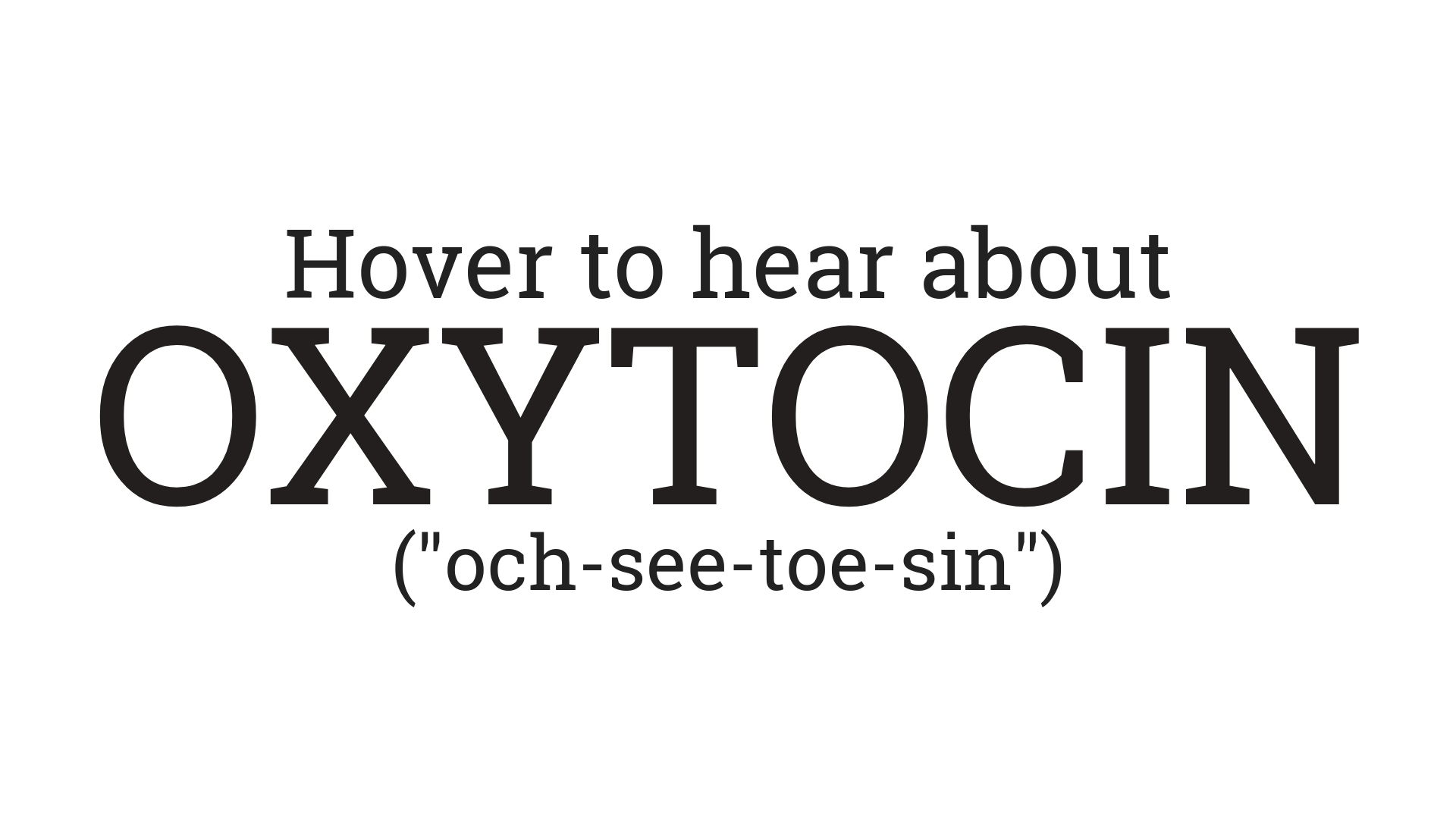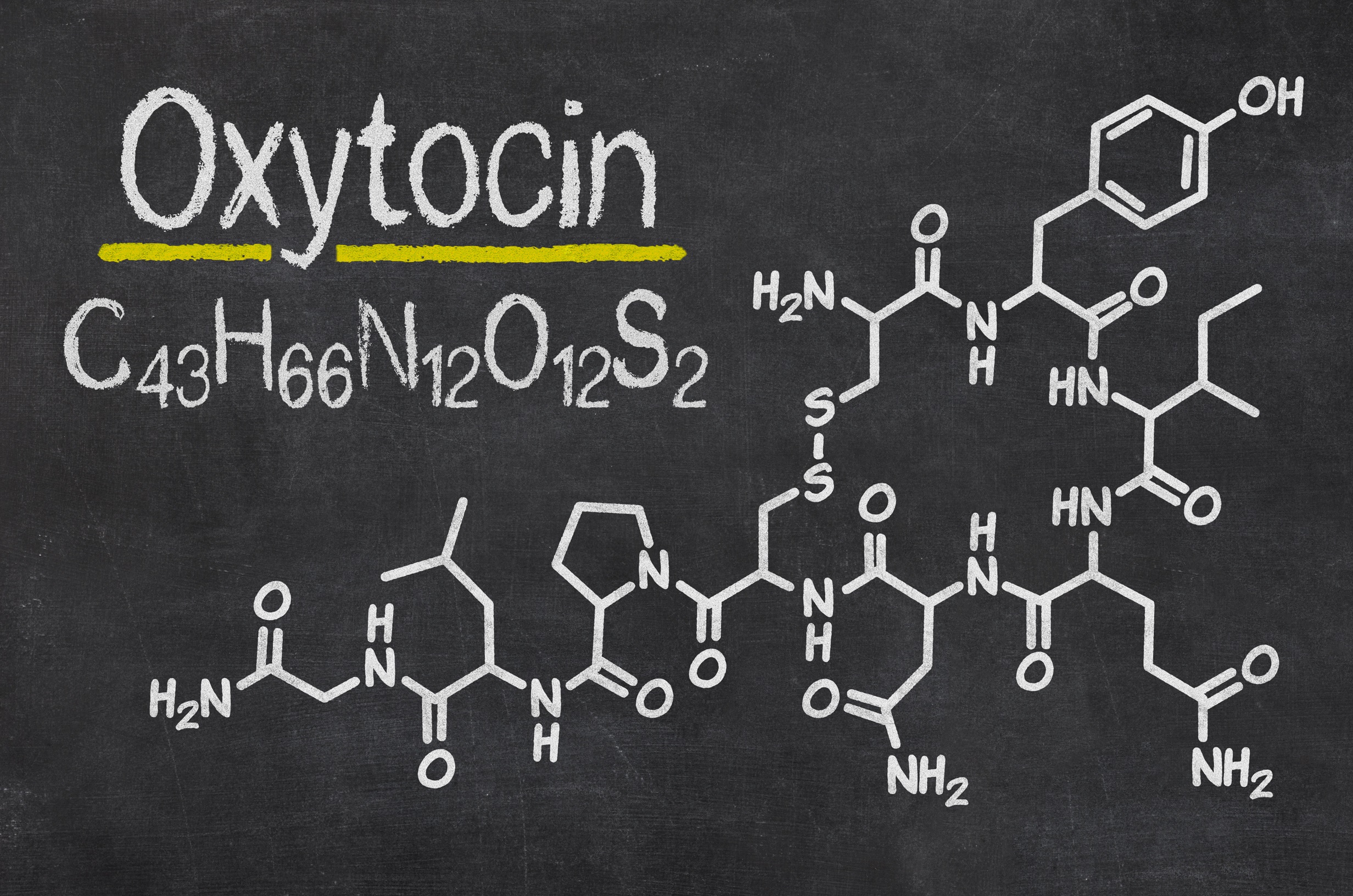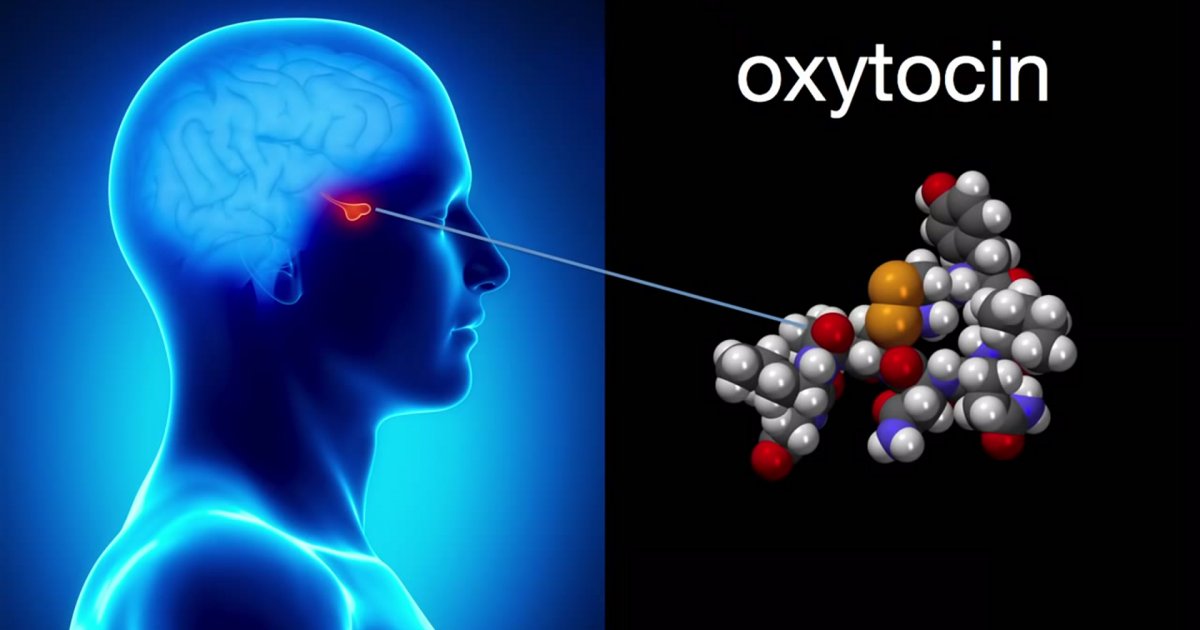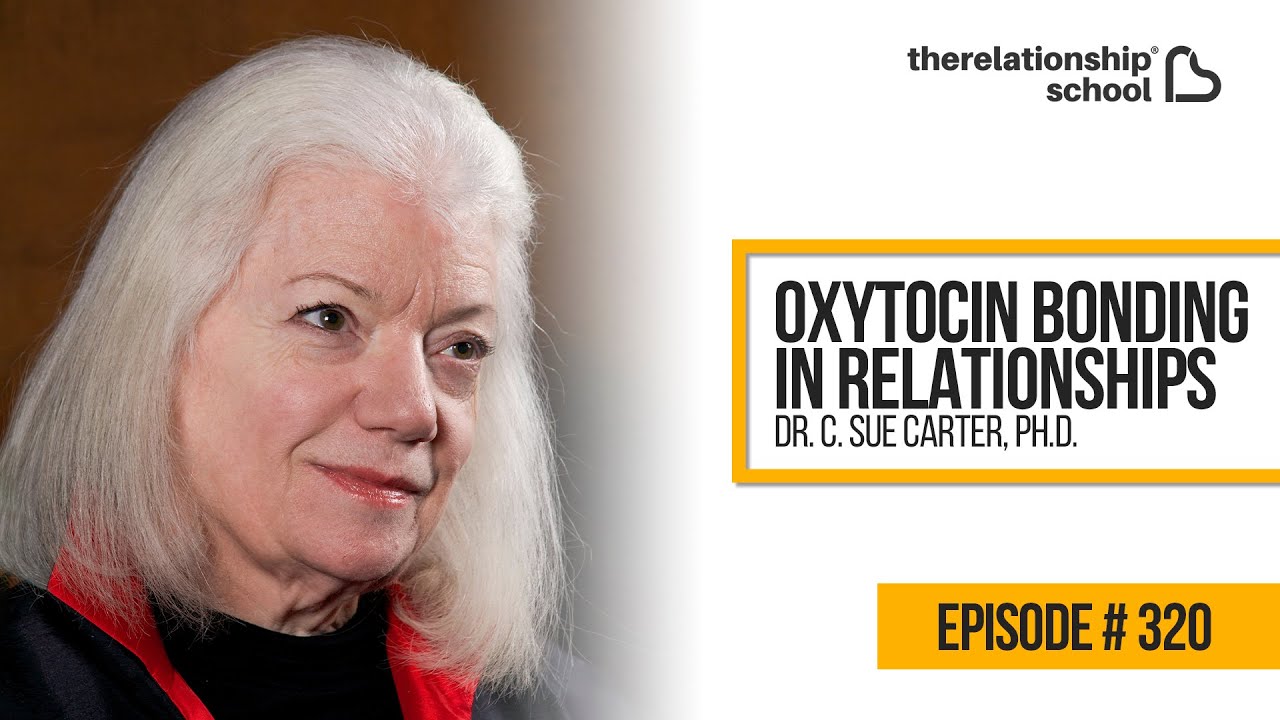Oxytocin stressed bonding produced hormone plays physical often role positive touch social
Table of Contents
Table of Contents
The Role of Touch in Oxytocin-Mediated Trust Building in Relationships
Have you ever felt an immediate connection with someone upon first meeting them, as if you already knew them? Or, on the flip side, have you ever felt uncomfortable or uneasy around someone for no apparent reason? Research suggests that touch could be a key factor in these experiences, as it plays a significant role in oxytocin-mediated trust building in relationships.
Relationships of all kinds require trust, but building trust can be a difficult and complex process. Pain points can include misunderstandings, miscommunications, and a general lack of compatibility. Communication is essential for building trust, but so is touch, as it has the power to influence the release of oxytocin, a hormone associated with feelings of trust, bonding, and closeness. Oxytocin-mediated trust building can be a game-changer in any relationship, whether personal or professional.
Touch is an essential part of our biology and is vital for regulating emotions and behaviors. Oxytocin is a hormone produced in the hypothalamus region of the brain that plays a crucial role in social bonding, particularly between parents and children, and sexual partners. Studies have shown that oxytocin levels increase in response to touch, leading to improved relationships, increased social bonds, and feelings of trust and closeness.
In summary, touch plays a crucial role in oxytocin-mediated trust building and relationship building. It has the power to trigger the release of oxytocin, which is associated with positive emotions and social bonding. By incorporating touch into your communication and relationship-building practices, you can create more genuine and lasting relationships.
The Role of Touch in Oxytocin-Mediated Trust Building: Personal Experience
As a child, I was never much of a hugger. I would shy away from physical contact, even with family members. But as I grew older and entered into more relationships, I began to see the value in touch. For me, touch can be a comforting and reassuring way of connecting with others. Whether it’s holding hands, hugging, or simply placing a hand on someone’s shoulder, touch can create a deeper sense of trust and intimacy.
Research has shown that even small gestures of touch, such as a friendly pat on the back or a high-five, can have a significant impact on trust building in relationships. In one study, participants who were touched by a partner during a conversation were more likely to disclose personal information and had higher levels of oxytocin than those who were not touched.
The Science Behind Oxytocin-Mediated Trust Building
The release of oxytocin is triggered by a range of different stimuli, including touch, eye contact, and positive social interactions. The hormone acts as a neural signaling molecule, helping to regulate social behavior and reduce feelings of stress and anxiety.
Research has also shown that oxytocin plays a significant role in the formation of trust, as it can reduce feelings of suspicion and increase social bonding. One study found that participants who received a dose of oxytocin were more likely to trust strangers with their money than those who received a placebo.
The Power of Nonverbal Communication in Oxytocin-Mediated Trust Building
Nonverbal communication, including touch, can play a significant role in oxytocin-mediated trust building. In addition to touch, other forms of nonverbal communication, such as eye contact, tone of voice, and body language, can also help build trust and deepen relationships.
Eye contact is particularly important in building trust, as it conveys authenticity and sincerity. When we make eye contact with someone, we are signaling that we are interested and engaged in what they have to say. Positive body language, such as smiling or leaning in, can also signal interest and lead to increased feelings of trust and bonding.
The Importance of Touch in Professional Relationships
While touch may be more commonly associated with personal relationships, it can also play a role in building trust in professional settings. A simple handshake or pat on the back can go a long way in establishing a positive working relationship, especially in high-stress or competitive environments.
Touch can also be a powerful tool in leadership development, as it encourages a sense of belonging and fosters positive social bonds. In one study, participants who received supportive touch from their superiors were more likely to report a positive relationship with their boss and increased job satisfaction.
Question and Answer
How does touch influence oxytocin levels?
Touch stimulates the release of oxytocin, a hormone associated with bonding, trust, and social behavior.
What are some nonverbal communication techniques that can aid in trust building?
Eye contact, tone of voice, and body language can all help build trust and deepen relationships.
Can touch play a role in professional relationships?
Yes. Touch can help establish positive working relationships, especially in high-stress or competitive environments, and foster positive social bonds.
How can touch be used as a leadership development tool?
Supportive touch from superiors can help create a sense of belonging and foster positive social bonds, leading to increased job satisfaction and positive relationships with bosses.
Conclusion of The Role of Touch in Oxytocin-Mediated Trust Building in Relationships
Incorporating touch into your communication and relationship-building practices can have immense benefits for building trust and deepening relationships. From personal to professional settings, touch plays a crucial role in oxytocin-mediated trust building and social bonding. By understanding the science behind touch and nonverbal communication, you can take steps to create more genuine and lasting relationships that are built on trust and mutual understanding.
Gallery
Mediated Model: Showing Mediating Effect Of Interpersonal Trust Between

Photo Credit by: bing.com /
Computer-Mediated Relationships And Trust: Managerial And

Photo Credit by: bing.com /
Re:Work - Creating A High-Trust, High-Performance Culture
Photo Credit by: bing.com / trust high performance culture acronym oxytocin organizational creating work behavior building improve
Stressed Out

Photo Credit by: bing.com / oxytocin stressed bonding produced hormone plays physical often role positive touch social
Increase VDP Engagement: The Role Touch Plays In Buying Decisions

Photo Credit by: bing.com /





